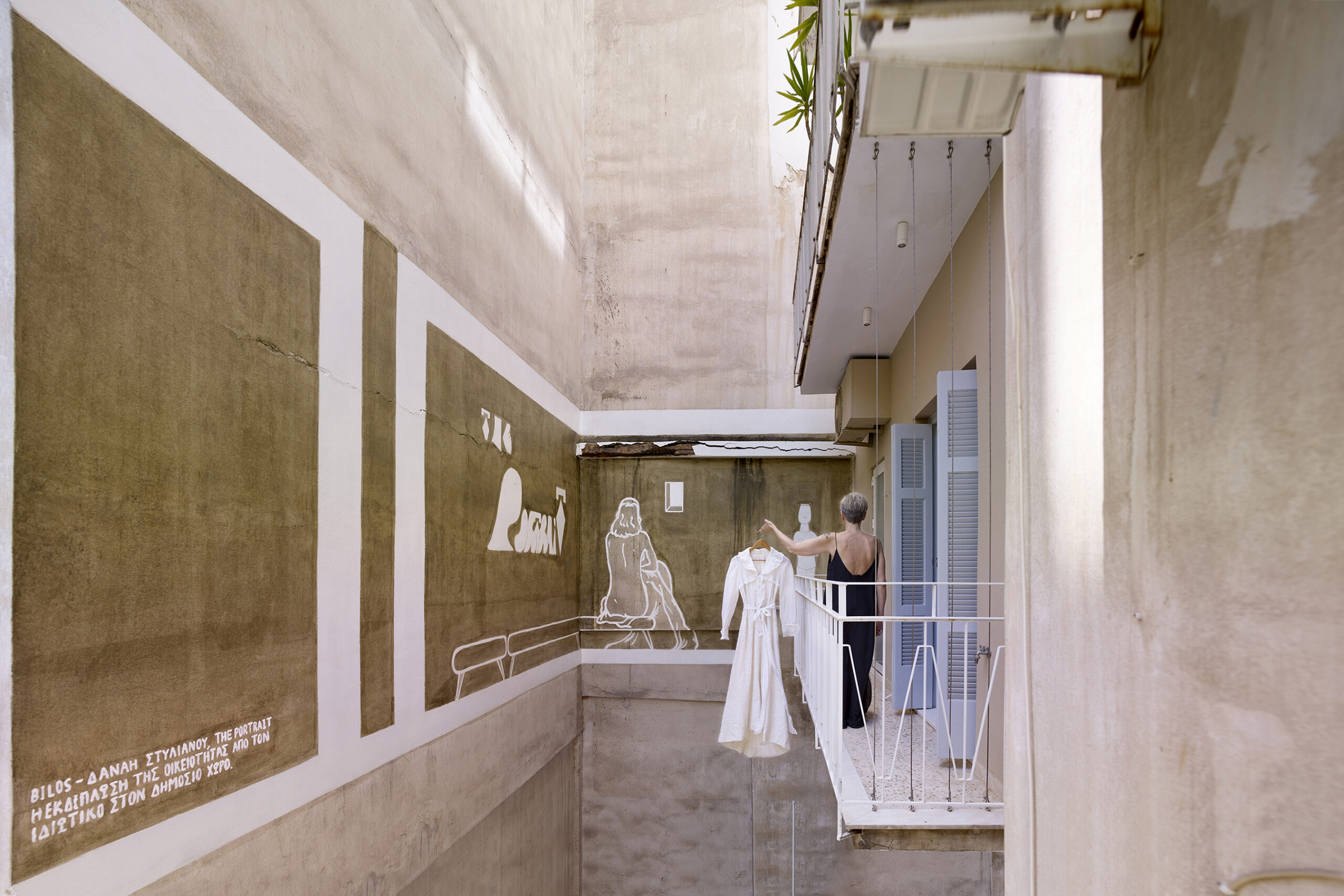Architizer is delighted to introduce a NEW Best Firm Category to the 13th Annual A+Awards: Best Micro Firm (1 – 2 employees). Freelance architects and designers and studios with up to two designers are invited to throw their hats in the ring:
What is the most propagandistic image of ‘the architect’? Perhaps, a single individual — often well dressed — crouching over a drawing board, with their technical pen at hand, ready to produce another astounding drawing.
As a norm, society frequently sees architects as singular entities that design buildings and spaces through creative inception. Le Corbusier, Frank Lloyd Wright, Zaha Hadid, Kengo Kuma and many more have become references for what a ‘successful’ architect should look like. In fact, in the late 20th century, the controversial term “starchitect” was born, giving many renowned architects and their work a sort of celebrity status. Still, even though most of these starchitects are not without their respective and quite often large teams, people usually see them as a one-name-brand. So, the question is, what hides behind this tendency?
Even though architecture can be easily characterized as a collaborative practice, the actual process of design is somewhat of a personal endeavor. This, in addition to the starchitect role model, has led to the creation of a dreamy ‘solo architect-entrepreneur’ figure, which has gained immense popularity over the years.

shankar s. from Poona (pune), India, India, Le Corbusier- the planner of Chandigarh (43554585864), CC BY 2.0
In fact, a 2020 AIA data has revealed that of the approximately 19,000 AIA member-owned architecture firms in 2019, over a quarter were sole practitioners, and 60% had fewer than five employees on their payroll. Additionally, while large firms dominated the industry in terms of staff and revenue, small firms prevailed in terms of popularity. So, what is happening to the majority of these everyday sole architectural practitioners (SPAs), also known as “Micro Firms,” that do not fall under the starchitect umbrella?
In an era where autonomy, creative freedom and flexibility have developed into such coveted desires, the path to becoming an entrepreneur and by-extent ‘your own boss’ has turned into the dominant reality. For architects, running a solo practice, or a practice consisting of just two designers, means honing a distinctive creative voice, exploring individual architectural language, participating in all stages of design and carving niche within the industry — all with very few restrictions; a creative dream come true.
On the other side of the coin however, micro firms have to deal with several challenges and wear many hats throughout the day. Administrative work, promotion and marketing, sales, design, drafting, site visits, collaboration with contractors are only a few things on their daily schedule. This overwhelmingly multidisciplinary nature of architecture as a profession in addition to the lack of resources, financial capital and personnel often discourages architects to pursue a solo career, thus turning to larger firms in search of work.

The girls’ Cabinet de Curiosités by Myrto Kiourti, Athens, Greece
Admittedly, there are some common “amenities” associated with working in a large firm environment. Participating in high-profile, more ambitious projects, having financial security and engaging in more collaborative discussions. However, that does not mean that this cannot be the case for micro practices. Especially nowadays, when external resources, collaborators and peer groups are only a few clicks away, SPAs can easily outsource many aspects of their work without hiring additional employees. Moreover, in terms of finding larger project scopes and expanding internationally, there are countless competitions open to practices of any size as well as distinguished publications that can promote architectural work.
Myrto Kiourti is a perfect example of a solo practitioner with diverse architectural interests that have transcended within her practice. She is an architect, academic researcher and has taught in Athens and the Patras Schools of Architecture. Through her work, she has developed her own approach to architectural design, Emotional Funtionalism and has produced numerous papers for esteemed architectural publications. The flying box, Upper level extension is a residential project that has been featured in Architizer Journal, clearly showcasing her innovative methodology for architectural design.


The flying box, Upper level extension by Myrtlo Kiourti, Athens, Greece
Architects who opt for a solo practice, whether intentionally or accidentally — and perhaps even as a strategic step towards expanding into a larger firm in the future — often find themselves pushing the boundaries of the architectural discipline in ways that larger firms may be more restrained to do so. In a way, solo practitioners and small firms act as the creative force that drives the architectural profession forward, whereas larger firms are the economic force that keeps the industry afloat. Indeed, one cannot operate without the other. However, a micro firm holds the dreamier qualities of being an architect and is truly worthy of the “starchitect” title; not in the misconstrued way that is currently being used, but rather as a gesture of recognition for their contribution to the architectural field, which is often overshadowed by larger names and architectural firms.
Architizer strives to give solo architects and practices a platform on which they can stand as industry leaders. Appreciating the unique creative output of the micro firm — sole practitioners or studios run by partners (2) (as well as the challenges that come along with it), Architizer is delighted to introduce a NEW Best Firm Category to the 13th Annual A+Awards: the Best Micro Firm (1 – 2 employees). This category aims at showcasing and promoting the innovative work that solo and freelance architects and designers and two-person architecture firms produce daily as well as reveal the vast potential of self-driven practices.
Freelance architects and designers and two-person architecture and/or design firms invited to throw their hats in the ring, so get started on your entry today:




